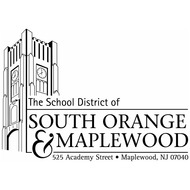How To Do Research Primary Source Unit
(View Complete Item Description)This How To Do Research Unit Guide provides a lesson-to-lesson foundation for teaching:● What primary sources are● Real vs. fake information (evaluating sources)● Document analysis● Different ways to obtain information● How to formulate research questions● How to find answers to research questions● The hows and whys of citations (annotated bibliography)Throughout the research process, students will learn that there will be dead ends, questions that are too broad or too narrow, questions that do not have answers. This is an accurate reflection of what their experiences will continue to be as they move into higher level research projects in their educational careers. Integrated into our explanation of each lesson are specific prompts, the purpose of each lesson, and supporting materials, which are provided as handouts at the end of the unit guide.
Material Type: Activity/Lab, Full Course, Lesson, Lesson Plan, Module, Primary Source, Teaching/Learning Strategy, Unit of Study













